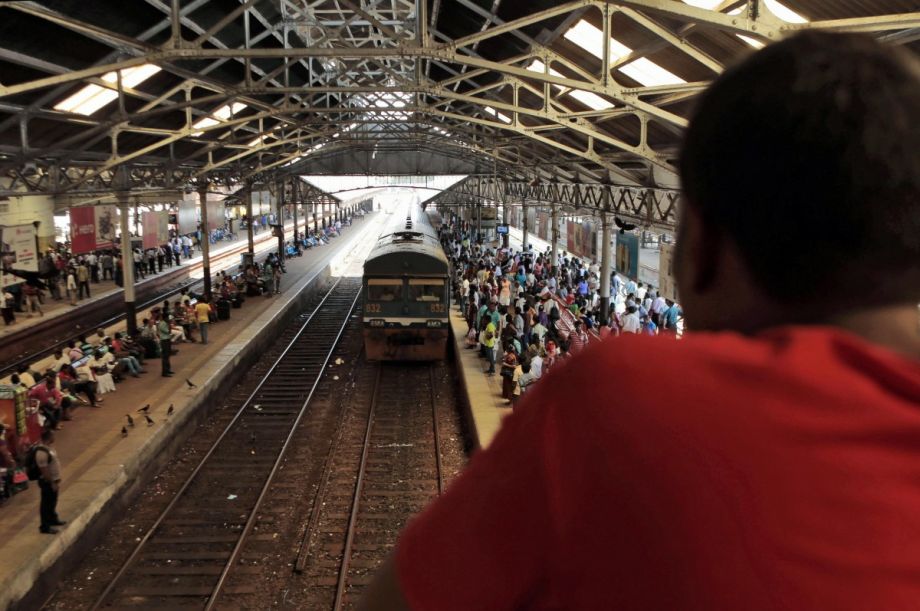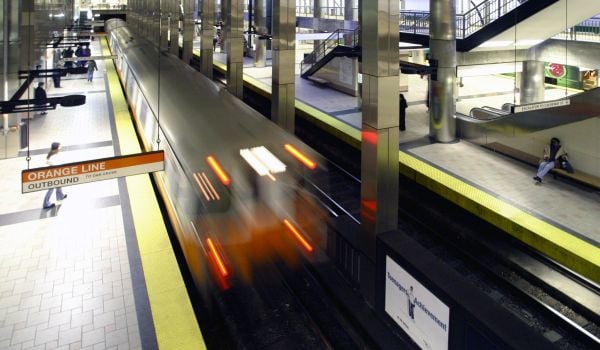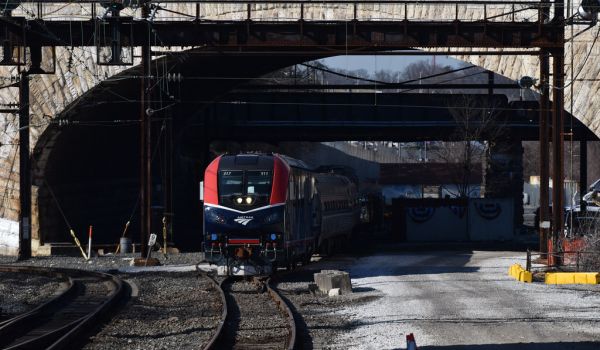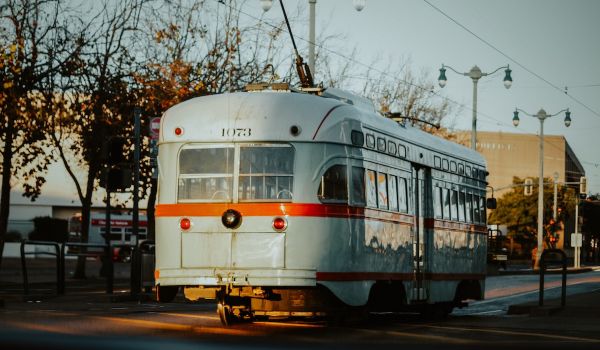As American transit projects trundle along at the speed of rush-hour traffic, Sri Lankan workers, under threat of dismemberment, have rebuilt the central spine of their war-ravaged railway in a mere three years.
The Colombo-Jaffna train, a 90-mile stretch of track colloquially known as the “Queen of Jaffna,” began running again yesterday for the first time in a quarter-century. Connecting the capital of Colombo with the economic hub of Jaffna, the resumption of service signals a new era for a country whose rail system was, until recently, decimated by civil war.
That war ended in 2009, and shortly thereafter the government got to work restoring the service with the help of 400 workers and $800 million from India. The fact that work had to stop at night due to the danger of wild animal attacks makes the speed with which the line was rebuilt even more impressive. Workers braved bites from venomous snakes, leopard attacks and unexploded land mines to reconstruct the track. When the first scheduled service rumbled down the rails yesterday, it was the first time many young Sri Lankans had ever seen a train.
Eventually, the line will extend all the way up to Kankesanthurai, at the northern tip of the island. From that city, ferry service to India will ultimately be restored as well, making possible the same multi-modal transit trip that Mahatma Gandhi made in 1927 when he visited the country’s poor.
The Colombo-Jaffna line will fantastically improve Sri Lanka’s transit network, but in addition, it will also unite the country’s geographically disparate ethnic groups. In Jaffna live over a million Tamils, the ethnic minority that fought the Sinhalese majority in the decades-long conflict that rocked the country starting in 1983. Those Tamils will now ride side-by-side with Sinhalese in train cars that will, hopefully, help improve relations between the two groups even as they provide a critical new link to Sri Lanka’s transportation network.

Will Doig was formerly Next City’s international editor. He's worked as a columnist at Salon, an editor at The Daily Beast, a lecturer at the New School, and a communications staffer at the Open Society Foundations. He is the author of High-Speed Empire: Chinese Expansion and the Future of Southeast Asia, published by Columbia Global Reports.













